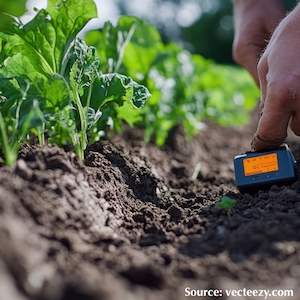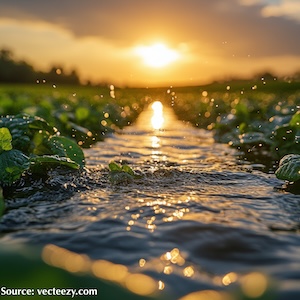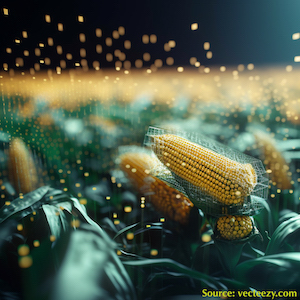Cost-effective IoT hyperspectral prototype for distributed agri-food product monitoring

All claims expressed in this article are solely those of the authors and do not necessarily represent those of their affiliated organizations, or those of the publisher, the editors and the reviewers. Any product that may be evaluated in this article or claim that may be made by its manufacturer is not guaranteed or endorsed by the publisher.
Accepted: 29 April 2025
Authors
Hyperspectral imaging (HSI) is a non-destructive technique that is employed to assess quality parameters and integrate monitoring across the supply chain in the context of Industry 4.0. Although promising, HSI faces challenges such as high cost and equipment requirements. However, advances in technology and 3D printing are enabling low-cost solutions that still need to be validated in the field. This work presents the development of a low-cost hyperspectral prototype, built using 3D elements and commercially available electronic components, and operating in the spectral range from 400 nm to 1000 nm. Furthermore, two types of gratings have been compared. In the first part of the study, the calibration process using RGB LEDs and a halogen lamp is described in detail. The second part of the study presents the results of a few applications on a food matrix under controlled light conditions, which were conducted to evaluate the performance of the prototype. The extracted spectra were normalised and subsequently pre-processed with either SNV (Standard Normal Variate) transform or the Savitzky–Golay (SG) derivative. Finally, the data were explored with PCA (Principal Component Analysis), which confirmed the ability of the prototype to distinguish samples of different colours (first trial), assess the decay of different apple samples (second trial) and differentiate between healthy and damaged tissues (third trial). The experimental results were consistent with the anticipated outcomes, and both types of grating demonstrated favourable performance.
How to Cite

This work is licensed under a Creative Commons Attribution-NonCommercial 4.0 International License.









